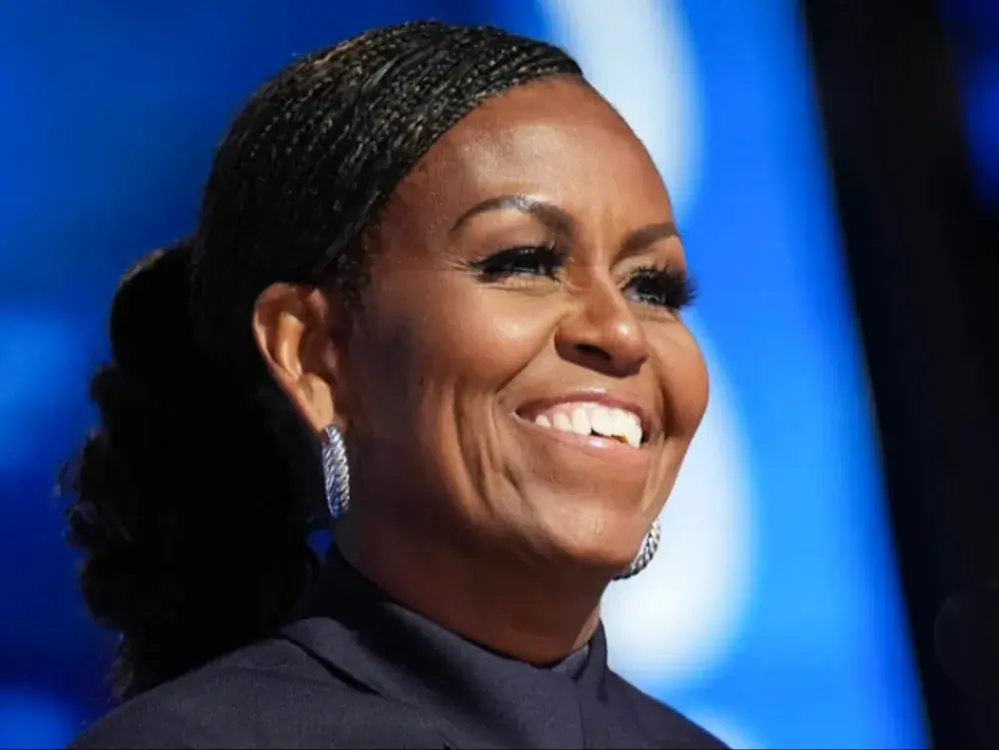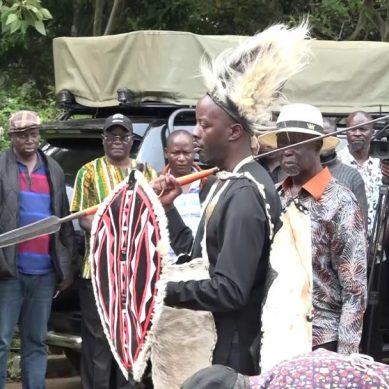
Arsenal have suffered the ill-fortune of suffering multiple injuries among players at the same position. That may be more than mere coincidence, though. Take the right-back spot.
Takehiro Tomiyasu’s knee issues limited him to six minutes of first-team football this season. The Japanese international had surgeries in August and February, and is now set to be out again until around the turn of the year.
To add to Arsenal’s issues at full-back, Ben White underwent a knee procedure which meant he missed 14 consecutive Premier League games between November and February.
With those two out, Jurrien Timber played 86 minutes or more in 13 of those 14 fixtures – in addition to five more starts across the Champions League and Carabao Cup. That is placing substantial strain on a player who was in his first season back after an anterior cruciate ligament (ACL) knee injury wiped out almost all of his 2023-24 debut year with the club.
Timber’s durability and consistency were admirable, but he was carrying an ankle problem. He has now undergone surgery and Arsenal hope he will be available again during pre-season.
When fit, Tomiyasu’s versatility enables him to cover a variety of positions. His ongoing unavailability adds additional load across the other members of team manager Mikel Arteta’s backline. Perhaps the most notable issue was at centre-forward.
Between December 11 and January 12, Gabriel Jesus started seven of Arsenal’s nine games across three competitions. It was his most consistent run of selection since December 2023. Unfortunately, that brief run was ended by, yes, injury.
During the FA Cup third-round tie against Manchester United, Jesus ruptured his ACL, ruling him out for the rest of the season. His absence then increased the demands on Havertz.
The 25-year-old German is a superb athlete whose career has been largely free of significant muscular injuries. Arsenal have grown reliant on his durability. Between the start of the season and early December, Havertz started 13 of their 14 Premier League games and all five Champions League fixtures.
He was not substituted in any of those. Kai Havertz’s stamina and pressing ability meant he was always kept on the field, occasionally even reverting to a highly demanding midfield role. Even when Arsenal were 5-1 up against Sporting CP and led 5-2 at West Ham, he remained on the pitch.
Havertz was rested and rotated more as Jesus came to the fore in December, but once the Brazilian was sidelined the following, Arsenal’s dependency on him returned.
It was hoped February’s mid-season training camp in Dubai might provide some respite. Instead, he returned from it with a torn hamstring and did not play again until brief substitute appearances in the season’s final two games this month.
By going through the winter transfer window without signing a striker, Arsenal gambled on Havertz’s fitness – and lost.
Are intensity levels an issue?
The job of a physio or club doctor is effectively risk management. Every day, they use training data, player questionnaires, gym performance, the eye test and gut instinct to assess the readiness of every individual for training or games. But it will never be an exact science.
Player availability is a negotiation, too. Typically, managers want players on the pitch and players generally want to play. The job of a club’s medical department is to provide information and advise caution when necessary. But their authority is not absolute – and in these conversations, the views of the manager and player inevitably weigh heavily.
The likes of White and Gabriel are known to be eager to play even when medical reports suggest they could be at risk if they do so. That’s a valuable trait for any manager but sometimes athletes need to be protected from themselves.
Arteta is a demanding coach who prizes intensity in training sessions. That’s not especially unusual – intensity is a buzzword at almost every Premier League training ground these days.
The Arsenal manager is the dominant personality at their London Colney base. It’s fair to ask then whether those colleagues charged with assessing player fitness such as head of sports science and performance Tom Allen and club doctor Zafar Iqbal have the necessary authority to challenge and deter him. Both those men are highly respected in their fields, and after Arsenal’s injury issues this season, their input will be vital to attempts to avoid having the same or something like it, happen in the next one.
What can be learnt from this season? The process of review has already begun.
Arsenal assess their performance every two months to fine-tune during the season as it goes along. Now there will be a bigger debrief, where the campaign can be analysed in depth, and plans for pre-season will be adjusted to provide players with the best possible fitness foundation.
New sporting director Andrea Berta, who came to the club in March, will be part of those discussions too, because the solution to this issue may lie in how the squad is constructed. That element of gambling over a player’s fitness will never disappear but building a bigger, better first-team group should mean that, in borderline cases, a more conservative option can be taken.
Arsenal must protect themselves against a similar outcome next season and the transfer market provides their best opportunity to do that.
- A Tell report / Adapted from The Athletic






